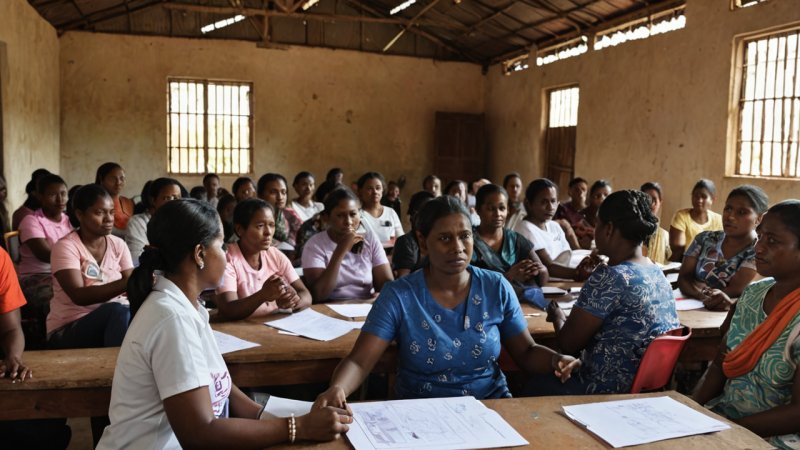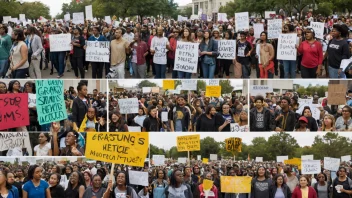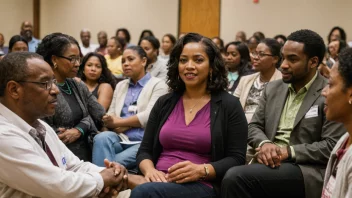Introduction
In the wake of disasters, communities can face numerous challenges, with gender-based violence (GBV) often escalating during such times. This article will guide you through effective strategies to address and mitigate GBV in disaster scenarios. By understanding the issues at hand and taking proactive steps, individuals and organizations can play a crucial role in protecting vulnerable populations.
Step 1: Understand the Context
Before taking action, it is essential to understand how disasters can exacerbate GBV. Social structures may break down, and the lack of resources can lead to increased tension and violence. Recognizing the specific risks that different genders face during a disaster is crucial.
Key Points to Consider:
- The impact of displacement on safety and security.
- How traditional gender roles may shift in crisis situations.
- The importance of data collection on GBV cases post-disaster.
Step 2: Raise Awareness and Educate
Education is a powerful tool in combating GBV. Engage with community members, local leaders, and organizations to raise awareness about the issue.
Actions You Can Take:
- Host workshops to discuss GBV and its implications in disaster scenarios.
- Distribute informational materials that outline rights and resources available.
- Utilize social media to spread awareness and share stories of resilience.
Step 3: Collaborate with Local Organizations
Partnering with local NGOs and community groups can amplify your efforts. These organizations often have established trust and expertise in addressing GBV.
Ways to Collaborate:
- Identify local organizations that specialize in gender issues and disaster relief.
- Work together to create a unified response plan that includes GBV prevention and response.
- Share resources and training opportunities to build capacity.
Step 4: Establish Safe Spaces
Creating safe spaces for individuals vulnerable to GBV is vital in disaster scenarios. These areas can provide support, resources, and a sense of security.
How to Set Up Safe Spaces:
- Identify locations that are easily accessible and secure.
- Ensure that trained staff or volunteers are present to provide support.
- Offer services such as counseling, legal aid, and health resources.
Step 5: Advocate for Policy Changes
Advocacy can lead to lasting change in how GBV is addressed in disaster settings. Engage with policymakers to highlight the importance of including GBV in disaster response plans.
Effective Advocacy Strategies:
- Gather data and testimonies to support your case.
- Collaborate with other advocates to form a coalition focused on GBV.
- Participate in public forums to raise awareness about the issue.
Step 6: Monitor and Evaluate Efforts
Evaluating the effectiveness of your interventions is crucial for continuous improvement. Regular monitoring can help identify gaps and areas for enhancement.
Steps for Monitoring:
- Develop clear metrics to assess the impact of your programs.
- Conduct surveys and interviews with community members to gather feedback.
- Adjust your strategies based on findings to better address GBV.
Conclusion
Addressing gender-based violence in disaster scenarios requires a multifaceted approach involving understanding, education, collaboration, and advocacy. By following these steps, individuals and organizations can work toward creating safer environments for all, particularly for those most at risk. Remember, every action counts, and your commitment can make a significant difference in the lives of those affected by disasters.






